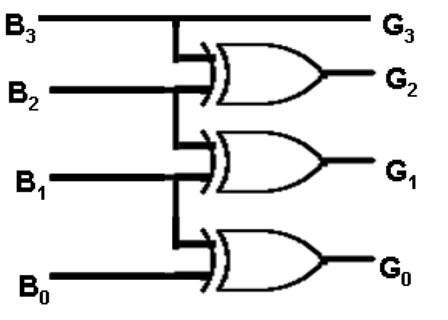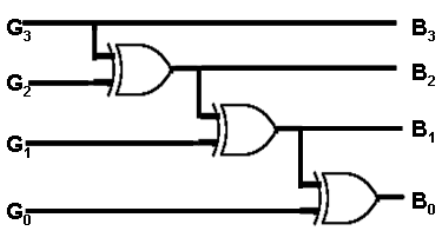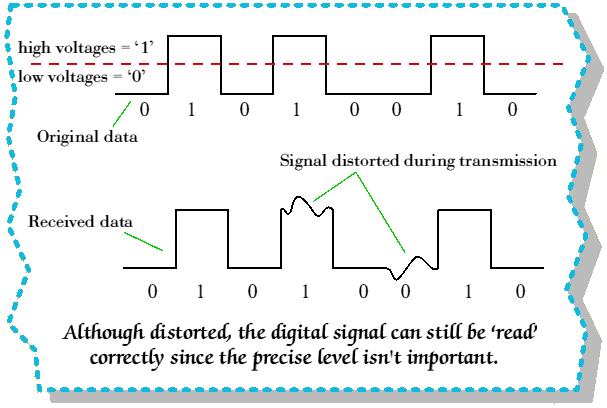Resistor
what is a resistor?
A resistor is anything that electricity can not travel through easily. When electricity is forced through a resistor, often the energy in the electricity is changed into another form of energy, such as light or heat. The reason a light bulb glows is that electricity is forced through tungsten, which is a resistor. The energy is released as light and heat.
A conductor is the opposite of a resistor. Electricity travels easily and efficiently through a conductor, with almost no other energy released as it passes.

A resistor placed at the exterior of a spacecraft can release extra electrical energy into space as heat.
Types of resistors
1. CARBON FILM
The most popular resistor type. This resistor made by depositing a carbon film onto a small ceramic cylinder. A small spiral groove cut into the film controls the amount of carbon between the leads, hence setting the resistance. Such resistors show excellent reliability, excellent solderability, noise stability, moisture stability, and heat stability. Typical power ratings range from 1/4 to 2 W. Resistances range from about 10 Ohm to 1 MOhm, with tolerances around 5 percent.
Typically yellow or tan jacket, peanut shape , 4 band code
CARBON COMPOSITION
This type is also popular. Its made from a mixture of carbon powder and glue like binder. To increase the resistance, less carbon is added. These resistors show predictable performance, low inductance, and low capacitance. Power ratings range from about 1/4 to 2 W. Resistances range from 1 Ohm to about 100 MOhm, with tolerances around +/- 5 percent.
Typically brown jacket, straight cylinder shape, 5 band code
METAL OXIDE FILM
This type is general purpose resistor. It uses a ceramic core coated with a metal oxide film. These resistors are mechanically and electrically stable and readable during high temperature operation. They contain a special paint on their outer surfaces making them resistant to flames, solvents, heat, and humidity. Typical resistances range from 1 Ohm to 200 kOhm, with typical tolerances of +/- 5 percent.
Usually blue or grey color, 4 band code
PRECISION METAL FILM
This type is very accurate, ultra low noise resistor. It uses a ceramic substrate coated with a metal film, all encased in an epoxy shell. These resistors are used in precision devices, such as test instruments, digital and analog devices, and audio and video devices. Resistances range from about 10 Ohm to 2 MOhm, with power rating from 1/4 to about 1/2 W, and tolerances of +/- 1 percent.
Typical blue color, 5 band code
PRECISION WIRE WOUND
The precision wire wound resistor is a highly accurate resistor (within 0.005%) with a very low TCR. A TCR of as little as 3ppm/o C can be achieved. However these components are too expensive for general use and are normally used in highly accurate dc applications.
HIGH POWER WIRE WOUND
These resistors are used for high power applications. Types include vitreous enamel coated, cement, and aluminum housed wire wound resistors. Resistive elements are made from a resistive wire that is coiled around a ceramic cylinder. These are the most durable of the resistors, with high heat dissipation and high temperature stability. Resistances range from 0.1 Ohm to about 150 kOhm, with power ratings from around 2 W to as high as 500 W, or more.
VARIABLE RESISTORS
Variable resistors provide varying degrees of resistance that can be set with the turn of a knob. Special kinds of variable resistors include potensiometers, rheostats, and trimmers. Potensiometers and rheostats are essentially the same thing, but rheostats are used specially for high power AC electricity, whereas potensiometers typically are used with lower level DC electricity. Both potensiometers and rheostats are designed for frequent adjustment. Trimmers, on the other hand, are miniature potensiometers that are adjusted infrequently and usually come with pins that can be inserted into pcb. They are used for fine tuning circuits (eg. : fine tuning a circuit that goes astray as it ages), and they are usually hidden within a circuits enclosure box. Variable resistors come with 2 or 3 terminals. There are 2 kinds of taper, ie. : linear tapered and nonlinear tapered (logarithmic). The 'taper' describes the way in which the resistance changes as the control knob is twisted. Linear taper usually has coded as 'A' while nonlinear tapes has coded as 'B'.

Color coding
Black Brown Red Orange Yellow Green Blue Violet Grey White
How to remember?
BB ROY of Great
Britain has a Very Good Wife





























